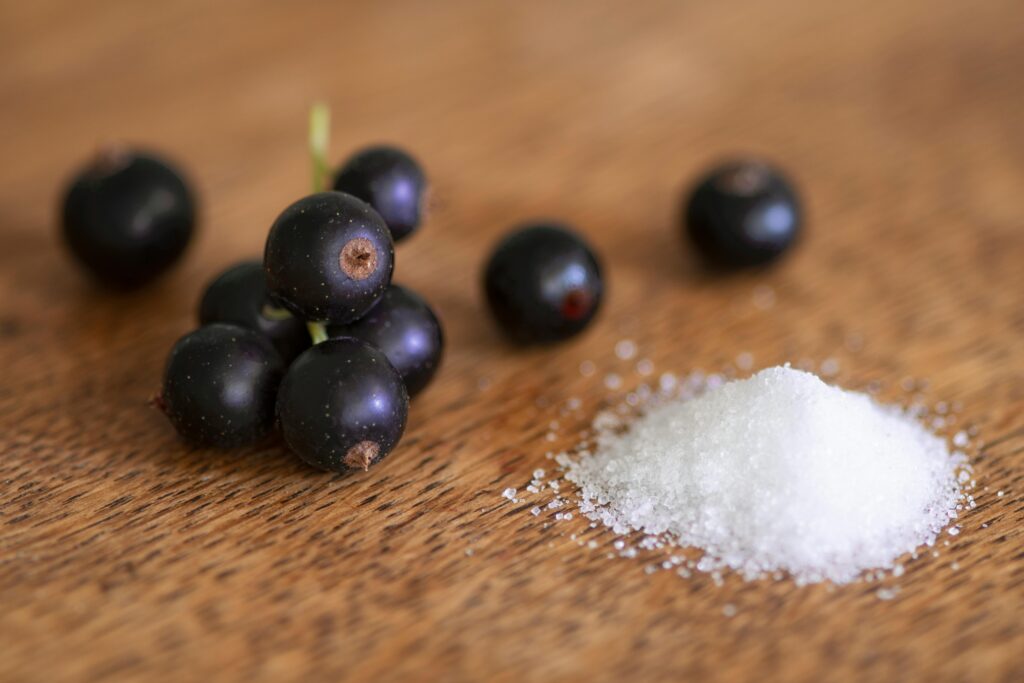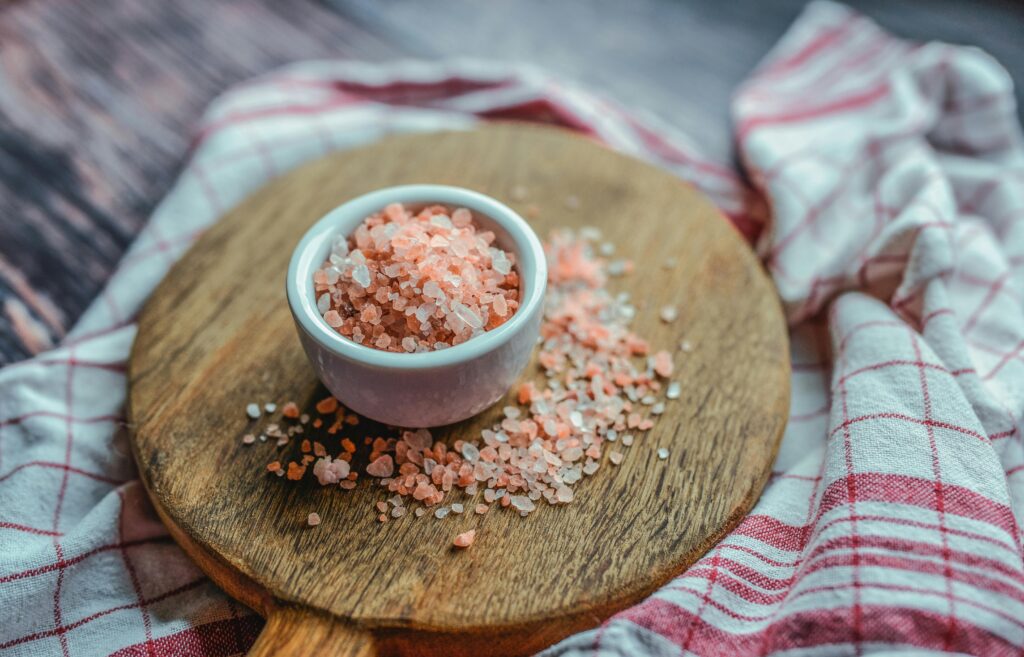
When preparing a homemade blended diet for your child, carefully chosen ingredients are usually selected to ensure the best possible nutrition . While we often focus on vitamins, protein, and fibre, one essential nutrient that sometimes gets overlooked is sodium.
Sodium plays a vital role in keeping your child’s body functioning properly, and it’s especially important for children who rely on food-based blenderised diets. But how much is needed, and where can you find the right balance?
Sodium Requirements by Age
Children’s sodium needs vary by age, and it’s important to ensure they get enough without excess:
| Age Group | Minimum Sodium Intake | Maximum Sodium Intake | Equivalent Salt Intake |
|---|---|---|---|
| 1–3 years | 500mg/day | <800mg/day | 1.25-2 g/day |
| 4–6 years | 700 mg/day | < 1,200 mg/day | 1.75- 3g/day |
| 7-10years | 1200mg/day | <2000 mg/day | 3- 5g/day |
| 11 –14 years | 1600mg/day | <2,400 mg/day | 4-6g/day |
Why Does Your Child Need Sodium?
Sodium isn’t just about adding flavor—it’s a crucial electrolyte that helps regulate:
Fluid balance – Ensures proper hydration and prevents dehydration.
Nerve and muscle function – Supports movement, digestion, and reflexes.
Blood pressure and circulation – Helps transport nutrients and oxygen throughout the body.
Children on homemade blended diets may have lower sodium intake than those on standard diets, especially if items such as condiments like soy sauce, stock, salt or processed foods and commercial formulas are avoided. While reducing excess sodium is good, too little can lead to fatigue, muscle weakness, and even poor growth.
Sodium-Rich Foods to Include in Blended Meals
The good news? There are plenty of natural, wholesome sources of sodium you can easily incorporate into your child’s diet:
Chicken or bone broth – A comforting, nutrient-rich option that adds electrolytes. 100ml provides 0.6g salt/240mg sodium.
Cheese or yogurt – Provides calcium and protein along with natural sodium. 1 tablespoon cream cheese provides 0.11g salt/46mg sodium
Eggs – A powerhouse of nutrition with a small but essential amount of sodium ( 1 egg has 62mg sodium)
Salted nuts – A good source of healthy fats and a slight sodium boost. 10g salted peanuts provides 280mg sodium/0.7g salt.
Whole-grain bread – Adds texture and essential minerals. 1 slice bread provides 0.4g salt/160mg sodium.
A pinch of salt – If needed, to ensure balanced sodium levels (1 level teaspoon of salt provides 6g of salt which exceeds daily needs so
Finding the Right Balance
While sodium is important, too much can be problematic—just as too little can be. A well-balanced approach ensures your child gets enough sodium for optimal health without excess additives or processed foods.
Who Might Need More Sodium In Their Diet?
- Stoma losses – ifyou are losing more fluids via your stoma you may be advised to have a little more sodium in your diet to replace these losses however too much may further drive gastrointestinal losses. It is important that your healthcare team dictate sodium requirements and what the indivdual’s needs are.
- Increased gastrointestinal losses (e.g. vomiting or diarrhoea) – you may be advised to have sufficient sodium in your diet to compensate for any losses. This may be suggested as dioralyte as other useful electrolytes are present as well as sodium.
- Certain conditions – you will be advised by your healthcare professional if you have a health condition that benefits from a higher sodium intake.
What If I Also Use Commercial Feed or Formula in My Blended Diet?
If commercial feed or formula is used on a daily basis either within blends or as a standalone feed this will contribute towards sodium intake.
Typically something like a 1kcal/ml ready made feed provides 60mg sodium per 100ml so it is worth calculating how much you are using a day and comparing to the sodium requirements by age. If the feed meets the minimum requirements then I would recommend keeping blends low sodium or if if the opposite is true and there is a significant gap then it would be wise to ensure the blends contribute towards sodium intake.
Please consult the product nutritional information on the label to identify the sodium content of your prescribed product.
If you have concerns, consider consulting a registered dietitian to tailor sodium intake to your child’s specific needs. Every child is unique, and their nutrition should be, too!
Your homemade blended meals are filled with love—and with the right balance of nutrients, they’ll support your child’s health in the best way possible.

References:
Salt and Health Scientific Advisory Committee on Nutrition 2003 6216 Salt and Earth Report 6th
Salt in your diet – NHS
